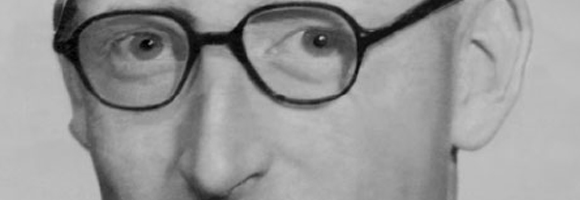tommy flowers’ diary

At least parts of the personal diary of ↑Thomas Harold Flowers (1905-1998) soon will be on display at ↑The National Museum of Computing (TNMOC) at Bletchley Park, ↑reported the BBC two days ago. Flowers was crucial in constructing ↑Colossus—for the whole story see Randell 1980 and the excellent book edited by Jack Copeland (2006) including texts by Flowers himself (2006 [1998]a, b).
The story of the Colossi—all in all ten of them were at work at Bletchley until the end of the war—not only illustrates the outstanding relevance of electronic computing technology, but is also an example for the needed fusion between formal mathematics and the hands-on applied science of engineering. Mathematician ↑Peter John Hilton (1923-2010), during the war also on duty at ↑Bletchley Park, wrote:
↑Alan Turing contributed to the thinking in developing these machines, as did ↑Max Newman and several others, but an enormous part of the credit for designing Colossus, and all the credit for building it, goes to Tommy Flowers. ↑Jack Good pointed out that in a 1998 article I exaggerated Turing’s role in the designing of Colossus. I am happy to have this opportunity to do full justice to the contribution of Flowers. (Hilton 2006: 192)
The ever-modest Flowers in turn:
In our war-time association, Turing and others provided the requirements for machines which were top secret and have never been declassified. (Flowers cf. Randell 1972)

